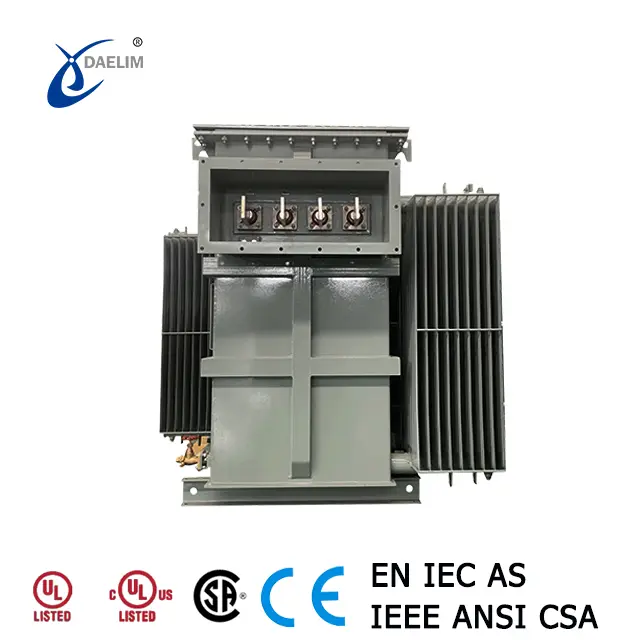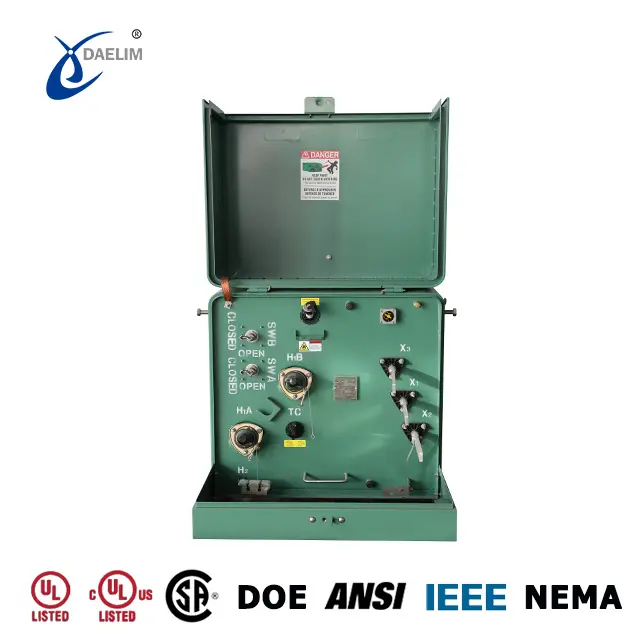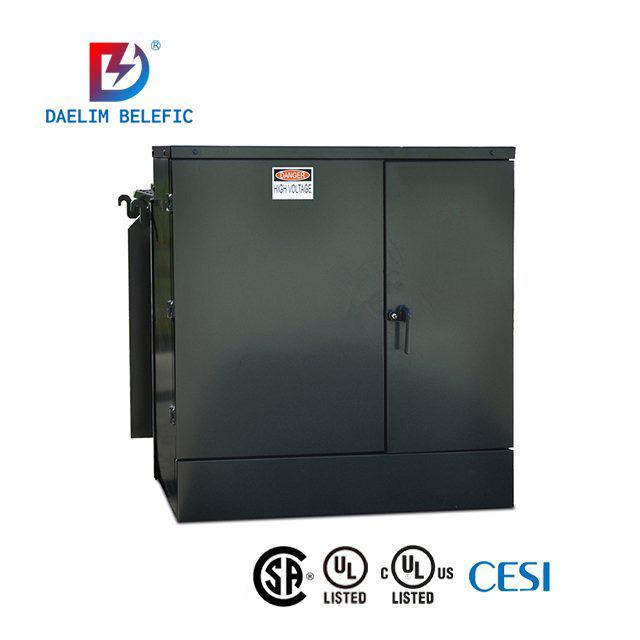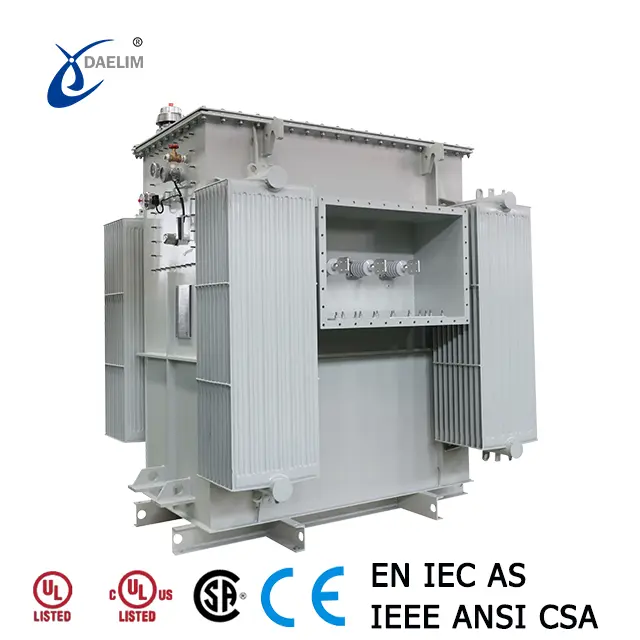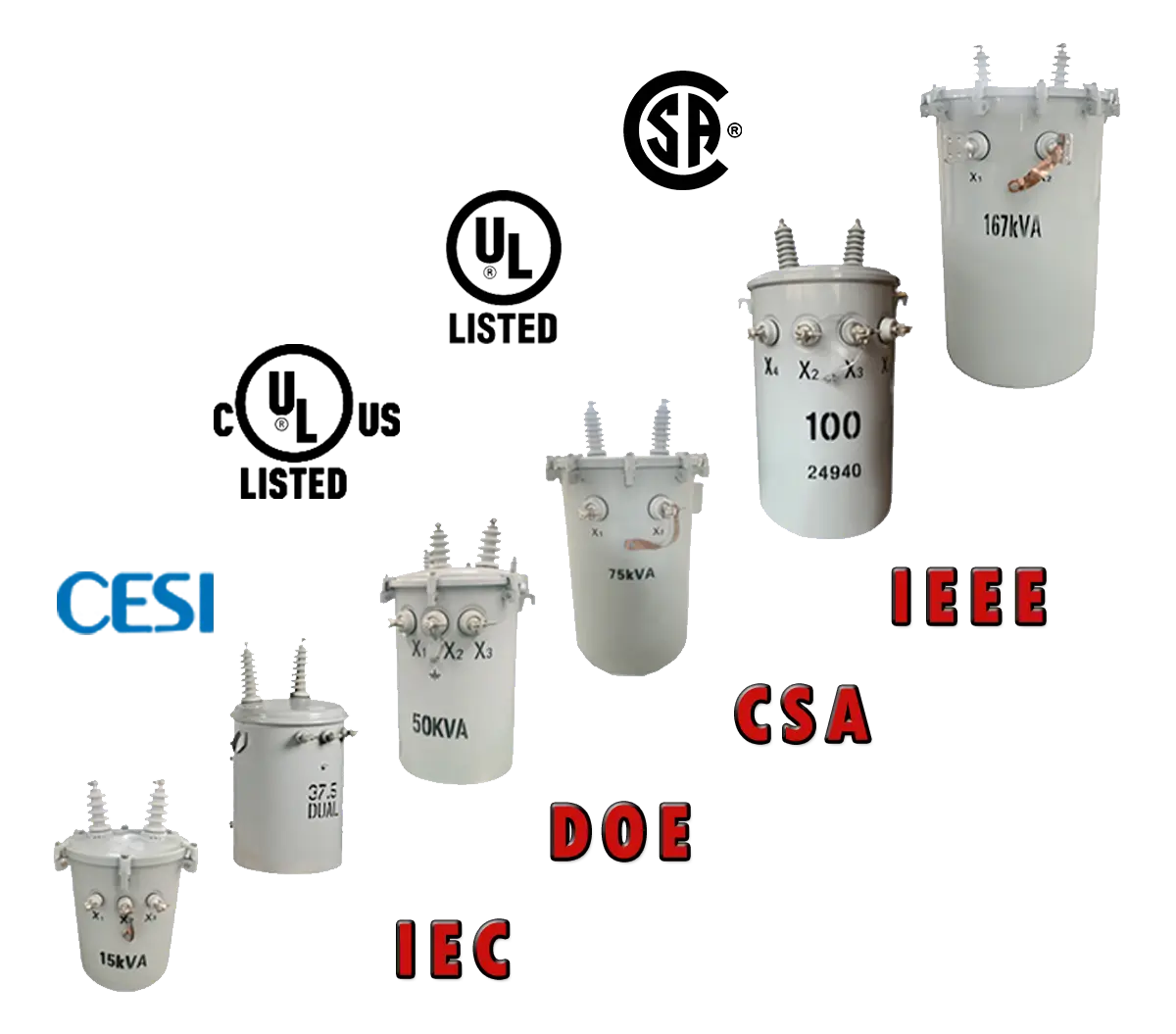What is the difference between autotransformer and ordinary transformer?
Transformers are of many types and widely used. Today, Daelim Transformer will introduce the difference between autotransformers and ordinary transformers in power transformers.
Definition of Autotransformer
An autotransformer has primary and secondary windings on the same winding, with the primary and secondary windings directly connected in series, resulting in self-coupling. Based on its structure, an autotransformer can be adjustable voltage type or fixed type. The coupling in an autotransformer is electromagnetic, whereas in ordinary transformers, energy is transferred solely through the electromagnetic coupling of primary and secondary coils without direct electrical connection between them. In autotransformers, the primary and secondary sides have direct electrical connections, and the low-voltage coil is part of the high-voltage coil. Autotransformers, along with other protective equipment, are used in the protection equipment of communication lines.
Definition of Ordinary Transformer
Ordinary transformers are used to change voltage (current, impedance) and transmit electrical energy. They consist of a primary coil, one or more secondary coils, and an iron core (hollow coils are often used at high frequencies). Differential transformers, used mainly as displacement sensors, typically consist of a primary coil, two secondary coils, and an iron core. The two secondary coils of this sensor produce increased and decreased induced potentials, respectively. Connected in series in reverse, this configuration is called a differential voltage device. The displacement of the middle iron core causes a change in the output voltage of the secondary coil, which is amplified to indicate the displacement size.
Differences Between Autotransformers and Ordinary Transformers
- Connection: Autotransformers have both magnetic and electrical connections between the primary and secondary sides, while ordinary transformers only have magnetic connections.
- Power Capacity: The capacity of the power supply through an autotransformer comprises two parts: the electromagnetic induction power between the primary winding and the common winding, and the conduction power directly conducted by the primary winding.
- Winding and Reactance: The autotransformer winding, composed of the primary winding and the common winding, has fewer turns than the primary winding of an ordinary transformer. This results in reduced height, current of the common winding, and leakage reactance. The short-circuit reactance XselfX_{self}Xself of the autotransformer is (1−1/k)(1-1/k)(1−1/k) times that of an ordinary transformer, where kkk is the transformer ratio.
- Third Winding: If an autotransformer is equipped with a third winding, it will occupy the capacity of the common winding, affecting the operation mode and exchange capacity of the autotransformer.
- Relay Protection: The neutral point of an autotransformer must be grounded, complicating the setting and configuration of relay protection.
- Size and Cost: Autotransformers are smaller, lighter, easier to transport, and lower in cost compared to ordinary transformers.
These distinctions highlight the specific applications and operational considerations for both autotransformers and ordinary transformers in power transmission and distribution.
Related Products
Related Article
What is the difference between rectifier transformer and power transformer?
Rectifier transformers convert AC to DC for industrial applications like electrolysis and smelting. Power transformers supply AC to power systems. They differ significantly in function, usage, output voltage, and design and manufacturing aspects.
Differences Between Dry Transformers and Oil Immersed Transformers
Dry transformers are used indoors for fire safety, have visible coils, resin insulation, and are costlier. Oil immersed transformers are outdoor units, use oil for cooling and insulation, handle higher capacities, and are more cost-effective.
What are the maintenance points for transformer operation?
To ensure safe transformer operation, monitor allowable temperature, temperature rise, and voltage regulation. Maintain power load at 75-90% of rated capacity. Manage overload conditions carefully. These practices prevent faults, prolonging transformer service life.
How does the transformer transmit electrical energy?
Transformers convert AC power between voltage levels using electromagnetic induction, reducing current and energy loss in transmission lines. They consist of an iron core and windings, maintaining efficiency by transferring energy while minimizing energy consumption through lower current.
transformer Factory Acceptance Test( FAT )
The Transformer Factory Acceptance Test (FAT), including voltage, resistance, and load tests, to ensure transformer quality and functionality. Daelim Transformer requires all units to pass strict Factory Acceptance Testing (FAT) and meet or exceed test standards before shipment.

